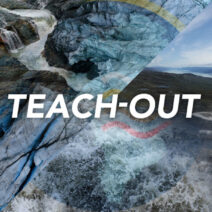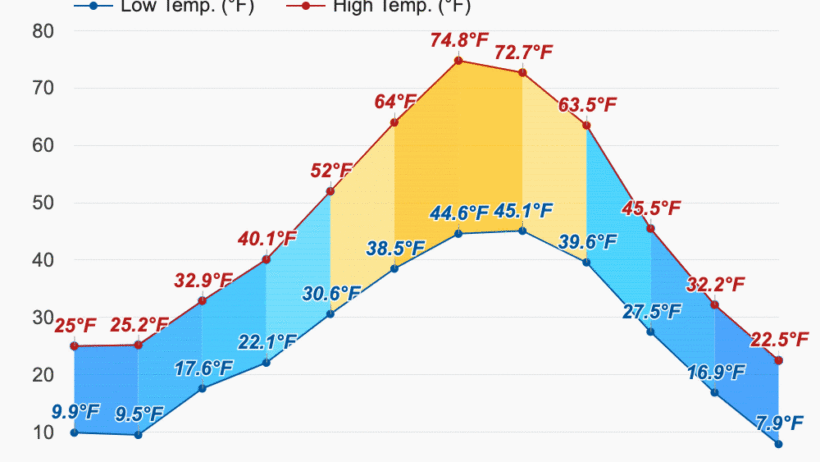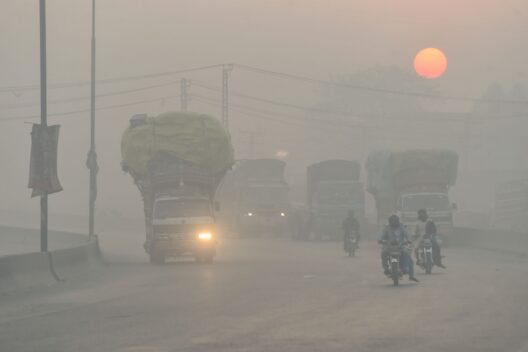Montana, often exulted as “Big Sky Country,” is renowned for its breathtaking vistas, open spaces, and diverse landscapes. However, the state’s climate is as much a character of its charm as its majestic mountains and sprawling plains. The climate of Montana varies dramatically across its vast expanse, presenting an intriguing paradox of cold winters juxtaposed with summery warmth. Understanding the climatic nuances of this region is essential for appreciating its ecological vitality and the challenges faced in a changing environment.
The state is primarily influenced by a continental climate, which is characterized by significant temperature fluctuations between seasons. Summers in Montana are generally warm, with average high temperatures ranging from the mid-70s to mid-90s Fahrenheit, depending on the location. In popular destinations such as Big Sky, these warm months draw outdoor enthusiasts, eager to partake in activities such as hiking, fishing, and mountain biking. The long daylight hours of summer create a sense of limitless possibility, as residents and visitors alike revel in the splendor of the natural environment.
Conversely, winter descends upon Montana with fierce determination. From late November to early March, residents brace for cold temperatures, with averages often plunging below freezing. In particularly elevated areas like the Rocky Mountains, snowfall can be abundant, creating a wonderland for skiers and snowboarders. The snowfall, while beautiful, also raises concerns regarding climate variability. Prolonged winters coupled with sporadic warming trends can lead to unpredictable snowpack levels, influencing water availability in the warmer months. Such variations pose serious implications for agriculture, wildlife habitats, and ecosystem health.
Montana’s unique geography plays a significant role in shaping its climate. The state’s position between the Canadian border to the north and the Rocky Mountains to the west creates a barrier that influences moisture patterns. The western region, with its higher elevations and proximity to the mountains, receives considerably more precipitation than the eastern plains. In fact, areas like the Flathead Valley experience milder temperatures and more consistent rain compared to the drier climates found in places like billings. This diversity fosters varied ecosystems, each with its own intricacies and challenges.
Moreover, the state’s climate is intertwined with its ecological diversity, encompassing thriving forests, expansive grasslands, and pristine rivers. The rich biodiversity plays a crucial role in maintaining the delicate balance of these ecosystems. However, climate change threatens to upset this equilibrium. Warmer temperatures could lead to alterations in rainfall patterns and an increased frequency of extreme weather events like droughts and floods. These changes present profound ramifications for both rural and urban communities, affecting agriculture, water resources, and overall quality of life.
One must also consider the seasonal rhythms that dictate the flora and fauna of Montana. The changing seasons prompt interdependent cycles of growth, reproduction, and migration. For instance, the arrival of spring heralds the awakening of wildflowers and the return of migratory birds, creating vibrant ecosystems filled with life. Yet, as climate change accelerates, these patterns may become increasingly erratic. Species may be forced to adapt, relocate, or face extinction as their habitats evolve before their eyes.
Climate change is not merely a distant concern for future generations; it is an immediate challenge that current inhabitants of Montana must confront. Society stands at a crossroads where it is essential to adopt a forward-thinking approach to environmental stewardship. Initiatives that advocate for renewable energy, sustainable farming practices, and conservation efforts are vital in mitigating the impact of our changing climate. The paradox of Montana’s climate, with its contrasting cold winters and warm summers, signifies the broader narratives of resilience and adaptability in the face of an uncertain future.
Moreover, public awareness and education surrounding climate issues are imperative. By fostering curiosity and understanding about the natural world, individuals can become proactive contributors to environmental movements. Engaging communities in discussions about sustainable practices can lead to grassroots efforts that promote conservation, habitat restoration, and climate activism. Grassroots movements have shown that change is possible, instigating local policies that prioritize ecological health and sustainable development.
As the world grapples with climate fluctuations, Montana’s unique climatic conditions present both opportunities and challenges. The remarkable landscapes and ecosystems deserve preservation not for their aesthetic value alone, but because they hold ecological significance that is critical for the planet’s health. Understanding the intricacies of Montana’s climate not only enhances our appreciation for the state but also galvanizes efforts to combat the negative impacts of climate change. Embracing a deeper awareness of climatic trends will empower future generations to safeguard “Big Sky Country” for years to come.
Ultimately, Montana’s climate is a testament to the beauty of contrasts. The icy breath of winter gives way to the warm embrace of summer, captivating all who experience its allure. This climatic dance invites us to reflect not only on the environment but also on our role within it. As we navigate through this ever-evolving landscape, it becomes crucial to remain vigilant and proactive, forging a path towards resilience and sustainability in the face of a formidable challenge—a challenge that affects not just Montana, but the global community as we strive for a sustainable future.








